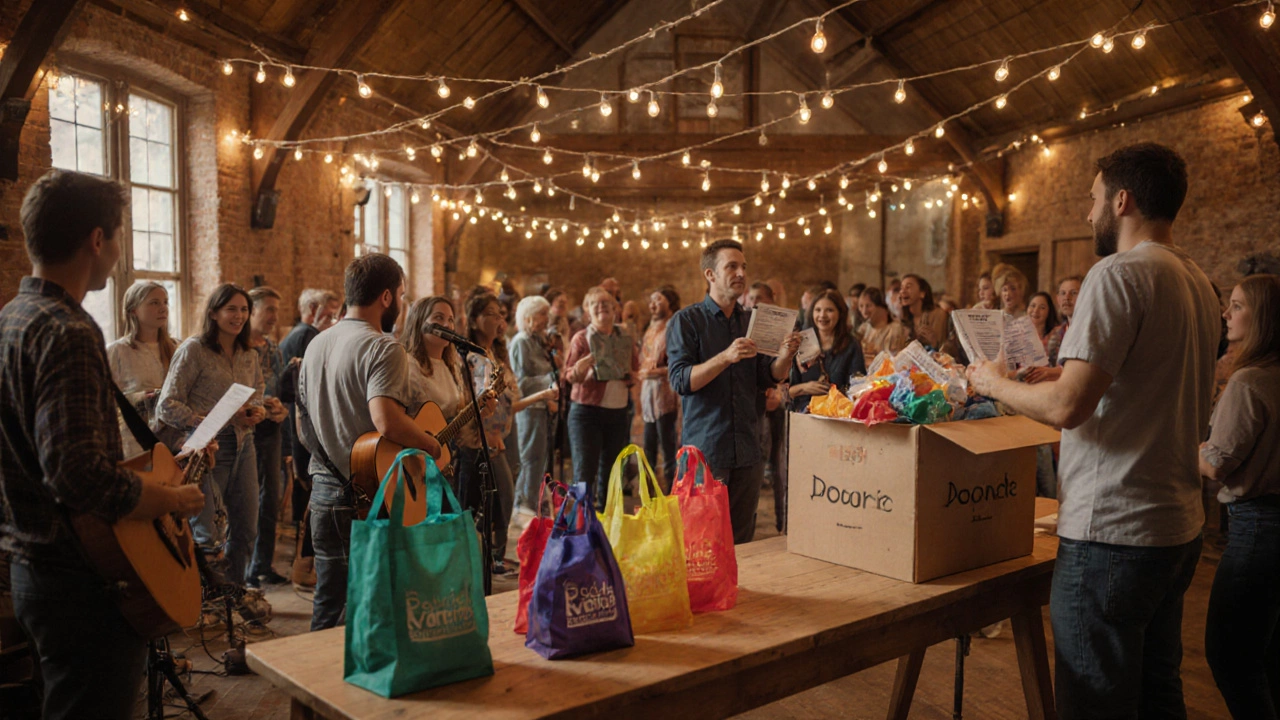Charity Event Revenue: How to Maximize Earnings for Your Cause
When planning a successful fundraiser, understanding charity event revenue, the total income generated from ticket sales, donations, sponsorships, and related activities during a charitable event, is crucial. Also known as event income, it directly powers mission impact, program expansion, and long‑term sustainability.
Key Drivers Behind Charity Event Revenue
One of the biggest levers is fundraising, the process of soliciting monetary support from individuals, businesses, and foundations for a specific cause. Effective fundraising drives higher charity event revenue by turning casual attendees into committed donors. It includes tactics like pre‑event crowdfunding, live donation drives, and post‑event thank‑you campaigns.
Another powerful component is event sponsorship, financial or in‑kind support from corporations or local businesses exchanged for brand visibility at the event. Sponsorships can cover venue costs, provide prizes, or boost marketing reach, which in turn lifts overall revenue. Aligning sponsors with your mission ensures authenticity and maximizes impact.
Donor engagement also plays a huge role. Donor engagement, the ongoing relationship-building activities that keep supporters informed, appreciated, and motivated to give again, turns one‑time contributors into repeat funders. Personalized thank‑you notes, impact reports, and exclusive event access keep the revenue stream healthy.
Beyond these, solid nonprofit financial management sets the stage for sustainable earnings. Keeping clear records of income streams, budgeting for event expenses, and monitoring cash flow helps you allocate resources efficiently and avoid costly overruns.
Tax considerations can’t be ignored. Understanding whether your event qualifies for tax‑deductible receipts and complying with filing requirements protects both your organization and donors, fostering trust and encouraging larger gifts.
Measuring success goes beyond the final tally. Track metrics like average donation per attendee, sponsor ROI, and donor retention rates. These data points reveal which tactics moved the needle and where you can improve for the next event.
Planning a timeline that builds momentum is essential. Start with early promotion, engage sponsors months ahead, and schedule donation peaks during high‑traffic moments such as live auctions or keynote speeches.
Community outreach amplifies reach. Partnering with local schools, clubs, or environmental groups—like the climate‑change awareness drives highlighted in our recent posts—adds credibility and draws diverse crowds, expanding revenue potential.
Volunteer involvement reduces costs and adds human energy. Volunteers can manage registration, run activity stations, or handle social media live‑updates, freeing up budget for larger revenue‑generating elements.
Our collection below showcases real‑world examples: from climate‑change charity events that leveraged corporate sponsors to raise thousands, to grassroots fundraisers that used clever donor engagement to double ticket sales. You’ll find practical tips, case studies, and step‑by‑step guides that illustrate each concept in action.
Ready to see how these ideas translate into actual earnings? Below you’ll discover articles that dive deep into every facet of charity event revenue, offering tools you can apply right now to boost your next fundraiser.
How to Make Money from a Free Charity Event - Proven Strategies
Learn how to turn a free charity event into a fundraising success with sponsorships, merch, raffles, and smart planning tips.
Read More